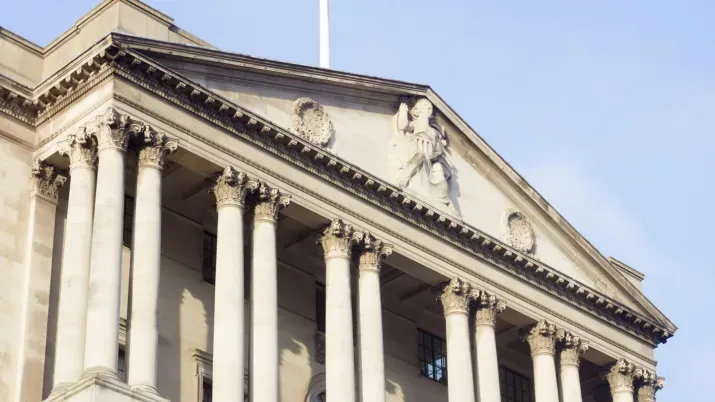Sustainability To the Fore as SFDR Kicks In
TwentyFour
The Sustainable Finance Disclosure Regulation, or SFDR, came into force on March 10 and is already having an impact both on the fund management industry and our clients.
SFDR is likely to have a number of consequences in the coming months and years, but I will begin with two: an apparent divergence between UK and European managers on fund classification, and a likely (and not altogether positive) proliferation of ESG and sustainable indices.
First, SFDR is an EU regulation which has been in the background of the ESG world for many years before finally coming into force. The legislation is 122 pages long (or 195 if you want to read the feedback on the public consultation) but the thrust is that funds must be categorised in terms of their ESG or sustainability focus, which is aimed at ensuring greater transparency for the end investor through adequate disclosure and reporting.
For fund managers the immediate task was to classify their funds and then make any necessary changes to disclosure and reporting to meet the requirements of the category they chose. In this respect we have detected a divergence in where UK and European funds look to be positioning themselves, with the former tending towards Article 6 (ESG Integrated funds) and the latter towards Article 8 (funds targeting specific Environmental or Social considerations). We expect further re-categorisation in the coming 12 months as part of an industry ‘normalisation’ process, and ultimately we think there will be a move towards Article 8 driven in part by client preferences. Indeed, the French regulator (AMF) looks set to ban any mention of ESG at all for Article 6 funds. Thus, even firms with a credible, functioning ESG integration investment process will not be allowed to disclose this in the standard documents relating to an Article 6 fund in France.
The next big consequence we anticipate is a rapid expansion in ESG or sustainable indices, which on the face of it sounds positive but in reality we believe will present a further area of confusion for the end investor. If an asset manager wants to classify a fund as Article 8, but currently has little in the way of a credible integration or sustainable investment process, then that manager can probably fast track itself by choosing such a benchmark and reporting against that. The legislation is worded for those that want to do this, as well as those taking a more bespoke approach.
Typically fixed income benchmarks are created around countries, sectors, maturities and ratings. All relatively uncontroversial, including in terms of ratings as the ‘big three’ ratings agencies tend to have highly correlated conclusions. This is not the case when you look at the main five ESG rating providers where the average correlation is around 60%1. Thus, the problem with ESG benchmarks is that it is difficult to set ESG parameters without getting unintended consequences. For example, is Tesla an ESG benchmark candidate because it makes electric cars, or is it not because of governance and battery component lifecycle issues? There will be a range of answers to this question across the market, so the unassuming investor buying a fund that tracks a certain ESG benchmark may be disappointed to learn the benchmark’s interpretation doesn’t quite match their own.
There are many other aspects of SFDR to discuss and we expect the market to take some time to fully adjust.
But as we have argued many times, if investors really want to understand the ESG or sustainability goals of any firm or fund, and how they aim to achieve these, they should be encouraged to do meaningful research rather than relying on labels. The world of ESG and sustainable investing is constantly evolving and not one that lends itself to box-ticking. What would be disappointing is if market participants began to place too much emphasis on the ‘badge’.
1 ‘Aggregate Confusion; The Divergence of ESG Ratings.’ MIT Sloan School of Management Working Paper 5822-19






